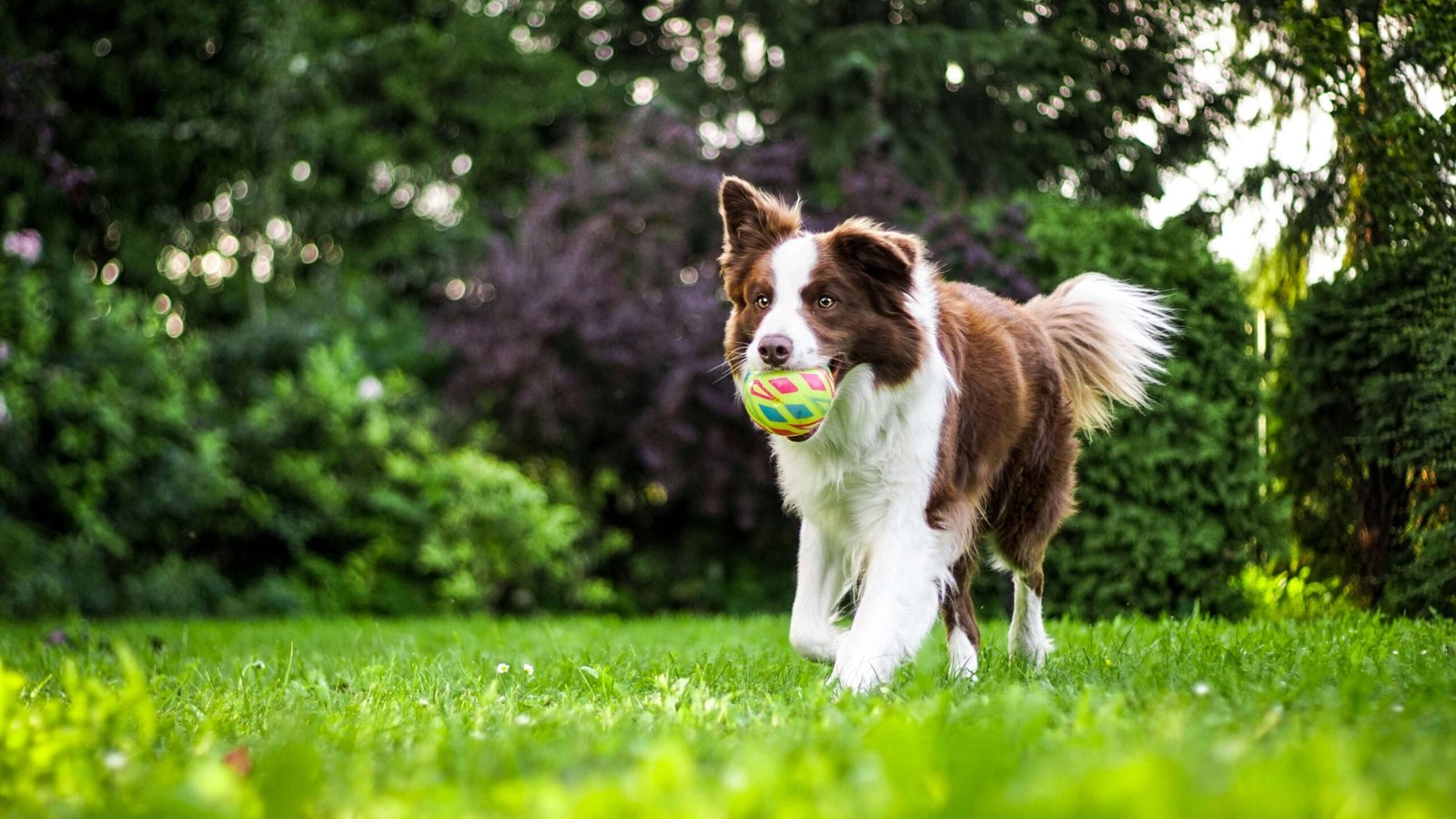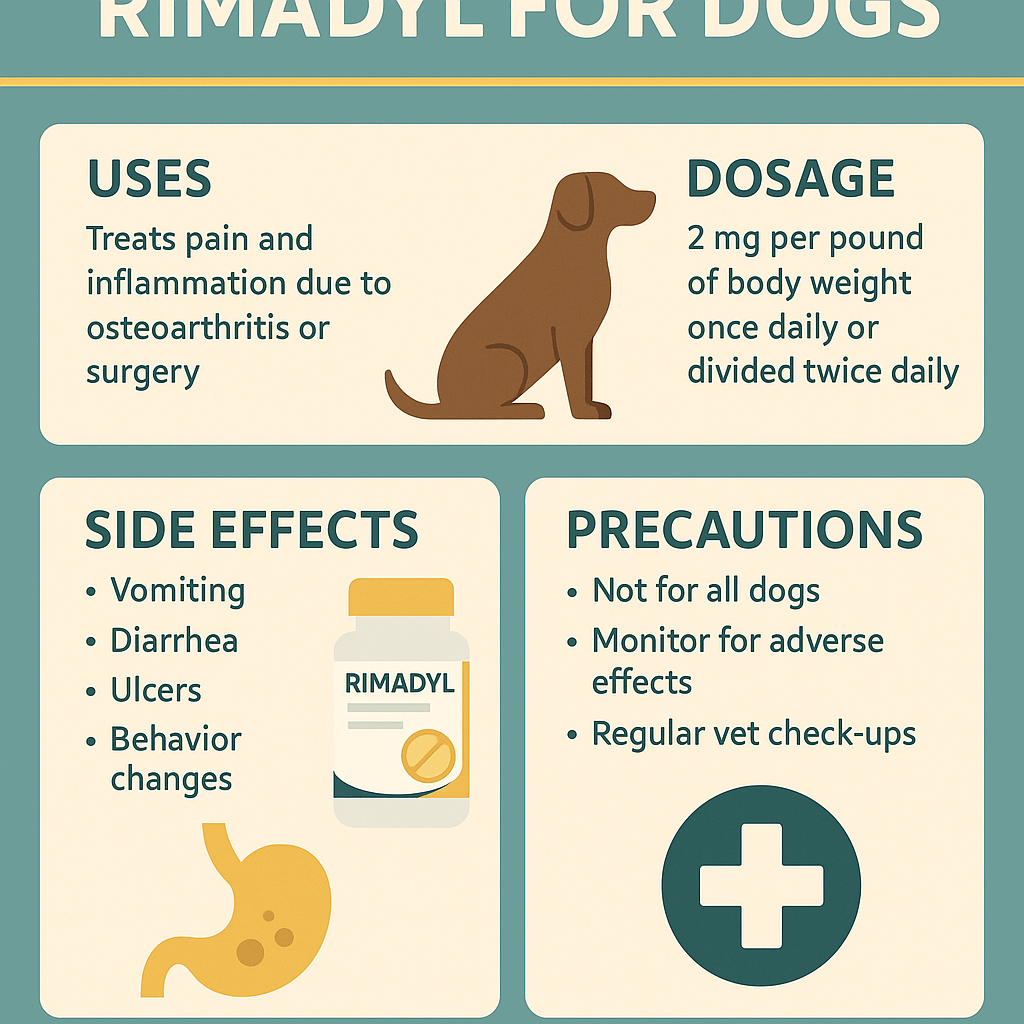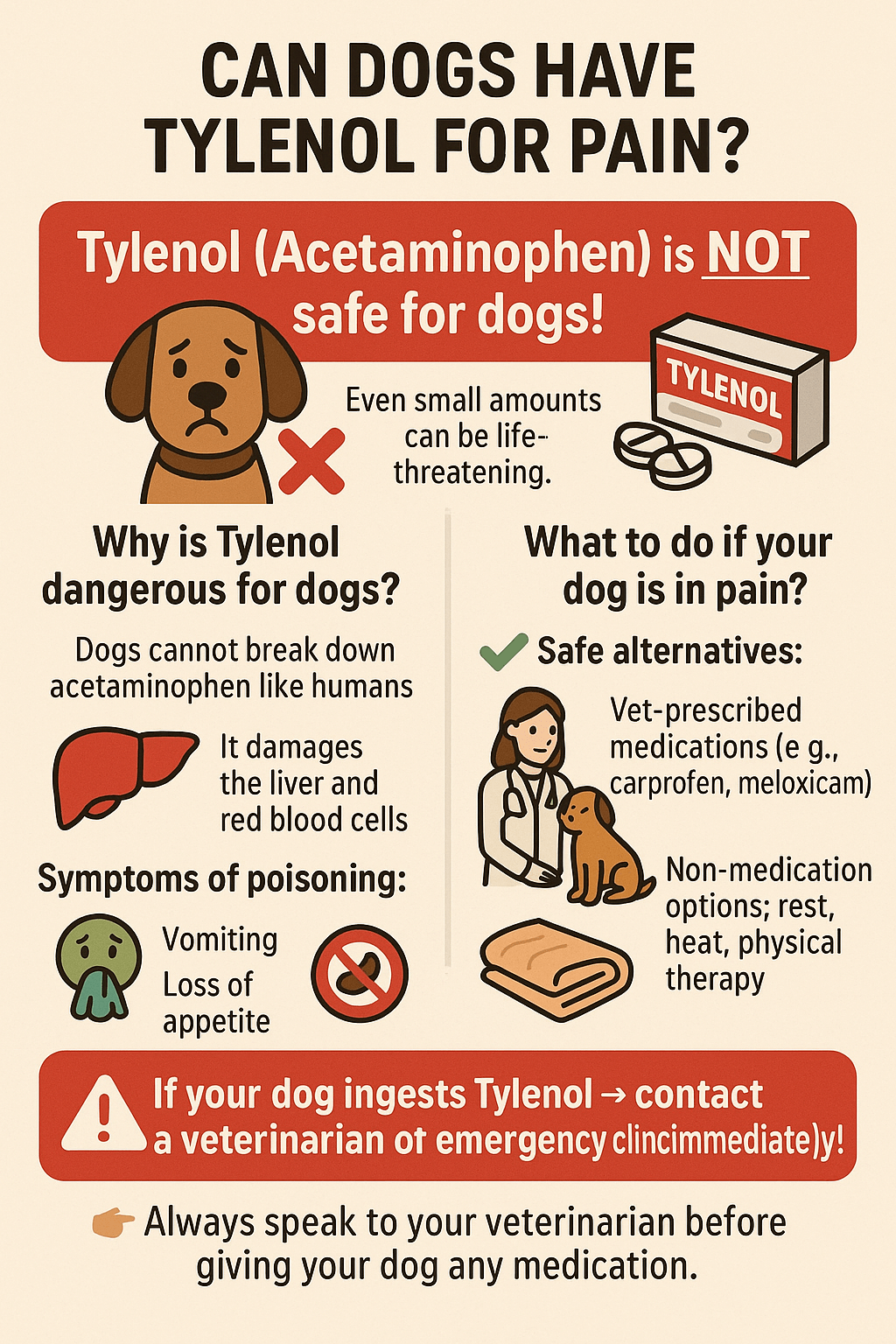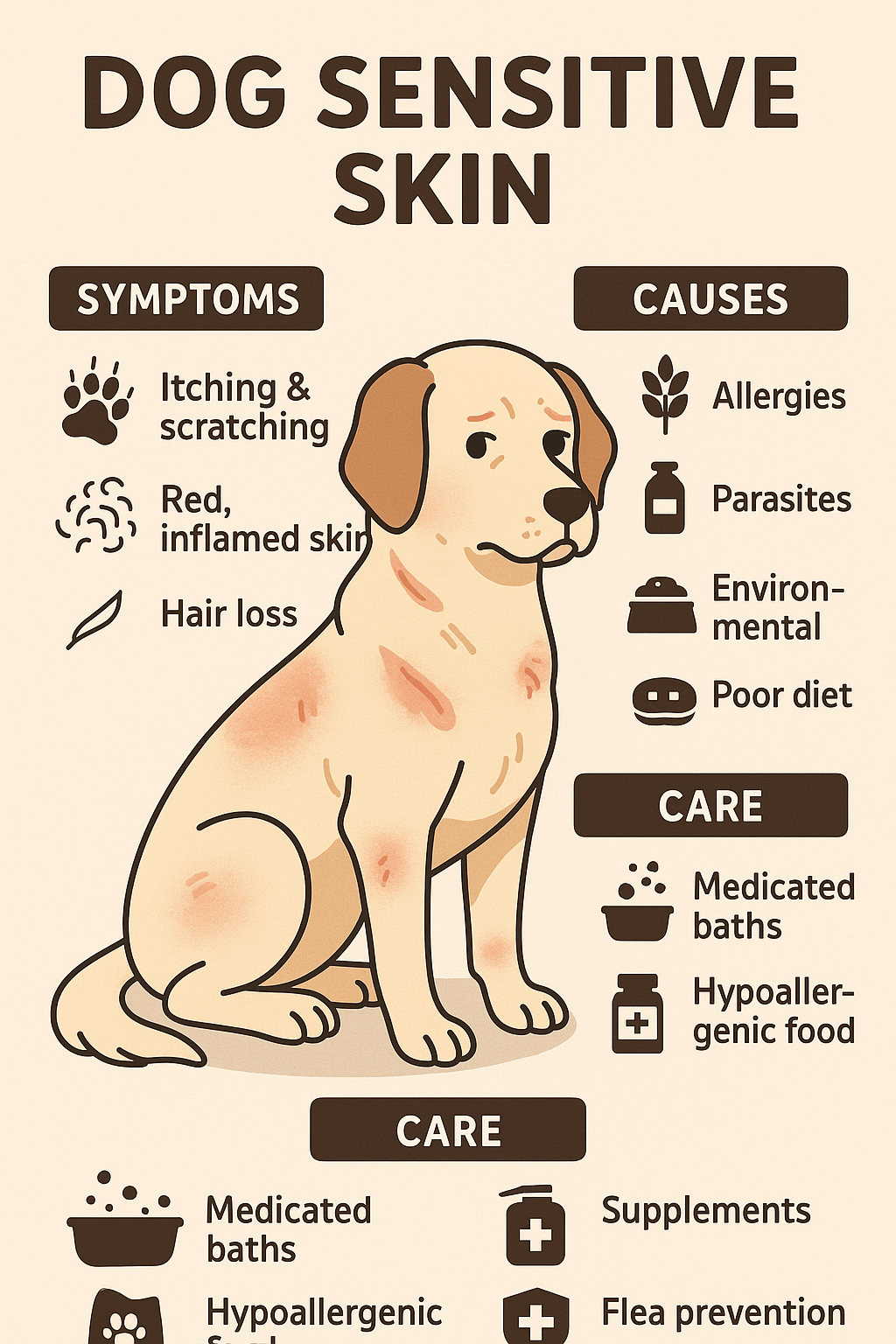How Long Will My Dog Itch After Flea Treatment?
If you’ve ever dealt with fleas on your dog, you know how stressful and frustrating it can be—for both you and your furry friend. While flea treatments are essential for keeping these pesky parasites at bay, they sometimes come with side effects that leave pet owners wondering what’s normal and what’s not. One common concern is itching after flea treatment. Is it a sign of an allergic reaction, or just part of the healing process? In this blog post, we’ll dive deep into understanding why dogs itch after flea treatment, how long it typically lasts, and what you can do to ensure your pup stays comfortable during this period. Let’s get started!
Why Does My Dog Itch After Flea Treatment?
Itching after flea treatment is a common occurrence, but it can stem from a variety of reasons. Here’s a breakdown of the most common causes:
Flea Allergy Dermatitis (FAD):
Some dogs are highly sensitive to flea saliva, which can trigger intense itching even after the fleas are gone.Residual Flea Bites:
Fleas may have bitten your dog before the treatment took full effect, leaving their skin irritated and itchy.Reaction to the Treatment Product:
Certain flea treatments contain chemicals that can irritate sensitive skin, leading to temporary discomfort.Dry Skin from Bathing:
If you bathed your dog before or after applying the treatment, it might have caused dryness, exacerbating the itchiness.Psychological Itching:
Sometimes, dogs develop a habit of scratching due to stress or anxiety, especially if they were uncomfortable during the infestation.
While mild itching is usually nothing to worry about, it’s important to monitor your dog’s behavior. If the itching seems excessive or persists for too long, it could indicate an underlying issue that needs attention.
How Long Does the Itching Typically Last?
The duration of post-treatment itching depends on several factors, including the type of treatment used and your dog’s individual sensitivity. Here’s what you need to know:
Topical Treatments:
With topical solutions like spot-on treatments, itching may last anywhere from a few hours to a couple of days as the product takes effect.Oral Medications:
Oral flea treatments often provide faster relief, with itching subsiding within 24 to 48 hours in most cases.Natural Remedies:
If you’re using natural or herbal treatments, the itching may persist longer since these options tend to work more gradually.Severity of Infestation:
Dogs with severe flea infestations may take longer to recover, as their skin needs time to heal from flea bites and irritation.Skin Sensitivity:
Dogs with pre-existing skin conditions or allergies may experience prolonged itching compared to those with healthy skin.
In general, mild itching should resolve within a week. However, if your dog continues to scratch beyond this timeframe, it’s wise to consult your veterinarian to rule out complications.
Check this guide 👉Can Humans Get Fleas from Dogs? Best 7 Expert Tips!
Check this guide 👉How to Check for Fleas on Your Dog: Best 7 Expert Tips!
Check this guide 👉Can Fleas Kill a Dog? Best 7 Expert Tips!
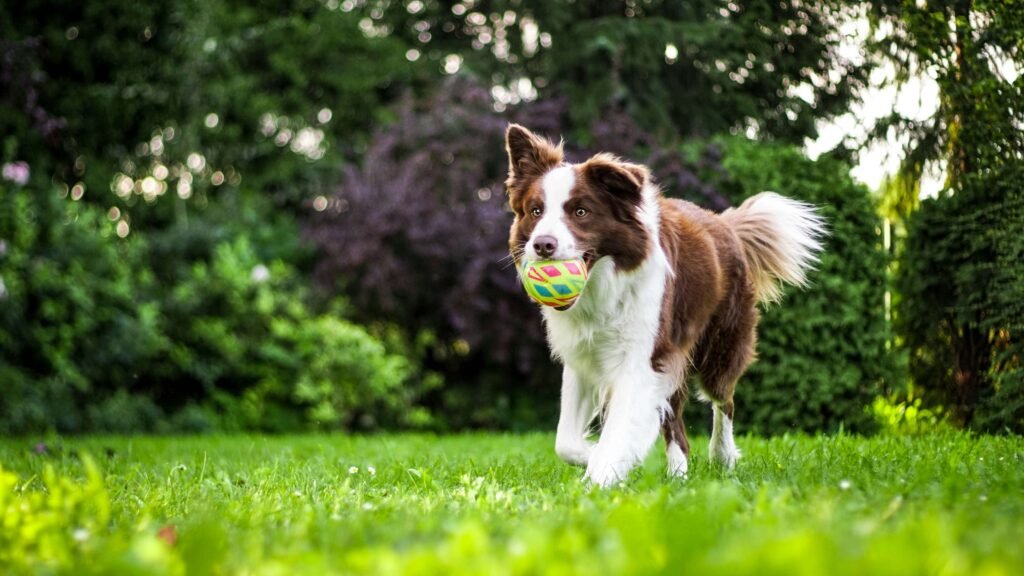
Factors Affecting Itching Duration | Tips to Reduce Discomfort |
|---|---|
Type of flea treatment used | Use vet-recommended products |
Severity of flea infestation | Regular grooming and cleaning |
Dog’s skin sensitivity | Moisturize dry skin gently |
Presence of allergies | Avoid harsh soaps or shampoos |
Environmental conditions | Keep bedding clean and pest-free |
How Can I Help My Dog Feel More Comfortable?
Watching your dog itch incessantly can be heartbreaking, but there are steps you can take to ease their discomfort. Here’s a list of practical measures:
Use a Gentle Shampoo:
Bathe your dog with a hypoallergenic shampoo to soothe irritated skin without stripping away natural oils.Apply a Soothing Lotion:
Look for pet-safe lotions or balms designed to calm inflamed skin and reduce itching.Provide Distractions:
Engage your dog with toys or activities to divert their attention from scratching.Keep Their Environment Clean:
Wash their bedding and vacuum your home regularly to eliminate any remaining fleas or eggs.Consult Your Vet:
If the itching persists, ask your vet about anti-itch medications or supplements to support skin health.
By taking proactive steps, you can help your dog recover faster and minimize their discomfort during this period.
When Should I Be Concerned?
While some itching is normal, certain signs indicate that something might be wrong. Keep an eye out for these red flags:
Excessive Scratching or Biting:
If your dog is obsessively scratching to the point of causing wounds, it’s time to seek professional advice.Redness or Swelling:
Noticeable inflammation around the application site could signal an adverse reaction to the treatment.Lethargy or Loss of Appetite:
These symptoms may suggest a more serious issue, such as toxicity from the flea product.Hair Loss or Scabs:
Persistent itching can lead to secondary infections, which require medical intervention.Vomiting or Diarrhea:
Gastrointestinal issues following flea treatment could indicate poisoning and should be addressed immediately.
If you notice any of these signs, contact your veterinarian right away to ensure your dog receives the care they need.
Common Mistakes to Avoid During Flea Treatment
When treating your dog for fleas, it’s easy to make mistakes that can prolong their discomfort or even worsen the situation. Here are some common pitfalls to avoid:
Skipping a Vet Consultation:
Using over-the-counter products without professional advice can lead to ineffective treatment or adverse reactions.Overusing Products:
Applying more than the recommended dose of flea treatment can irritate your dog’s skin and cause unnecessary side effects.Neglecting Environmental Control:
Treating your dog alone won’t solve the problem if fleas are still lurking in your home or yard.Using Incompatible Products:
Combining certain flea treatments, like spot-ons and collars, can sometimes lead to harmful interactions.Ignoring Follow-Up Treatments:
Missing subsequent doses or applications can allow fleas to return, undoing all your hard work.
By avoiding these mistakes, you’ll ensure a smoother recovery process for your dog and reduce the risk of complications.
Tips for Preventing Future Flea Infestations
Prevention is always better than cure when it comes to flea infestations. Here are some proactive steps you can take to keep your dog—and your home—flea-free:
Regular Grooming:
Brushing your dog’s coat frequently helps you spot fleas early and keeps their skin healthy.Monthly Preventative Treatments:
Consistent use of vet-approved flea preventatives can stop infestations before they start.Washing Bedding Weekly:
Cleaning your dog’s bedding in hot water kills any fleas or eggs that may have hitched a ride indoors.Vacuuming Carpets and Furniture:
Regular vacuuming removes fleas and their eggs from your home environment.Inspecting After Outdoor Adventures:
Check your dog’s fur after walks or trips to the park, especially during flea season.
With these preventative measures in place, you can significantly reduce the chances of another flea outbreak.
Signs Your Dog May Have a Flea Allergy
Not all dogs react to fleas in the same way. Some may have a heightened sensitivity known as Flea Allergy Dermatitis (FAD). Here are signs to watch for:
Intense Scratching Around the Tail Base:
Dogs with FAD often focus their scratching on the lower back and tail area.Hair Loss in Specific Areas:
Excessive licking or biting can lead to patches of missing fur, particularly near the hindquarters.Red, Inflamed Skin:
The affected areas may appear red, swollen, or covered in small scabs.Hot Spots:
These are moist, irritated patches of skin caused by constant scratching or chewing.Behavioral Changes:
A normally calm dog may become restless or agitated due to persistent discomfort.
If you notice these symptoms, consult your vet for a proper diagnosis and treatment plan tailored to your dog’s needs.
FAQ
How soon after flea treatment will my dog stop itching?
Most dogs experience relief within 24 to 48 hours, though mild itching may persist for up to a week.
Can flea treatments cause itching?
Yes, some dogs may experience temporary itching as a side effect of the treatment.
What should I do if my dog is still itching after a week?
Consult your veterinarian to rule out allergies, secondary infections, or other underlying issues.
Are there natural remedies to soothe my dog’s itchy skin?
Yes, options like oatmeal baths or coconut oil can provide relief, but always check with your vet first.
Can I bathe my dog after applying flea treatment?
It depends on the product. Some treatments require waiting at least 48 hours before bathing, so read the instructions carefully.
Final Thoughts: Supporting Your Dog Through Recovery
Dealing with flea treatment side effects can be challenging, but remember that your dog relies on you to keep them safe and comfortable. By understanding how long post-treatment itching typically lasts and knowing when to seek help, you’re already taking important steps toward ensuring their well-being. Always follow the instructions provided with flea treatments and maintain open communication with your vet. With patience and care, your furry companion will soon be back to their happy, itch-free self!
Rimadyl for Dogs: Best 7 Expert Tips! Discover expert advice on using Rimadyl safely, managing pain, and improving your dog’s mobility with trusted veterinary insights.
Can Dogs Have Tylenol for Pain? Best 7 Expert Tips! Discover the risks, safe alternatives, and expert advice on managing your dog’s pain effectively while avoiding harmful medications.
Understanding Hemophilia in Dogs: Best 7 Expert Tips! Discover expert advice on managing hemophilia, recognizing symptoms, and ensuring your dog’s well-being with practical care strategies.
Understanding Dog Sensitive Skin: Best 7 Expert Tips! Discover expert advice on managing dog sensitive skin, relieving irritation, and improving your pup’s comfort with practical solutions.

